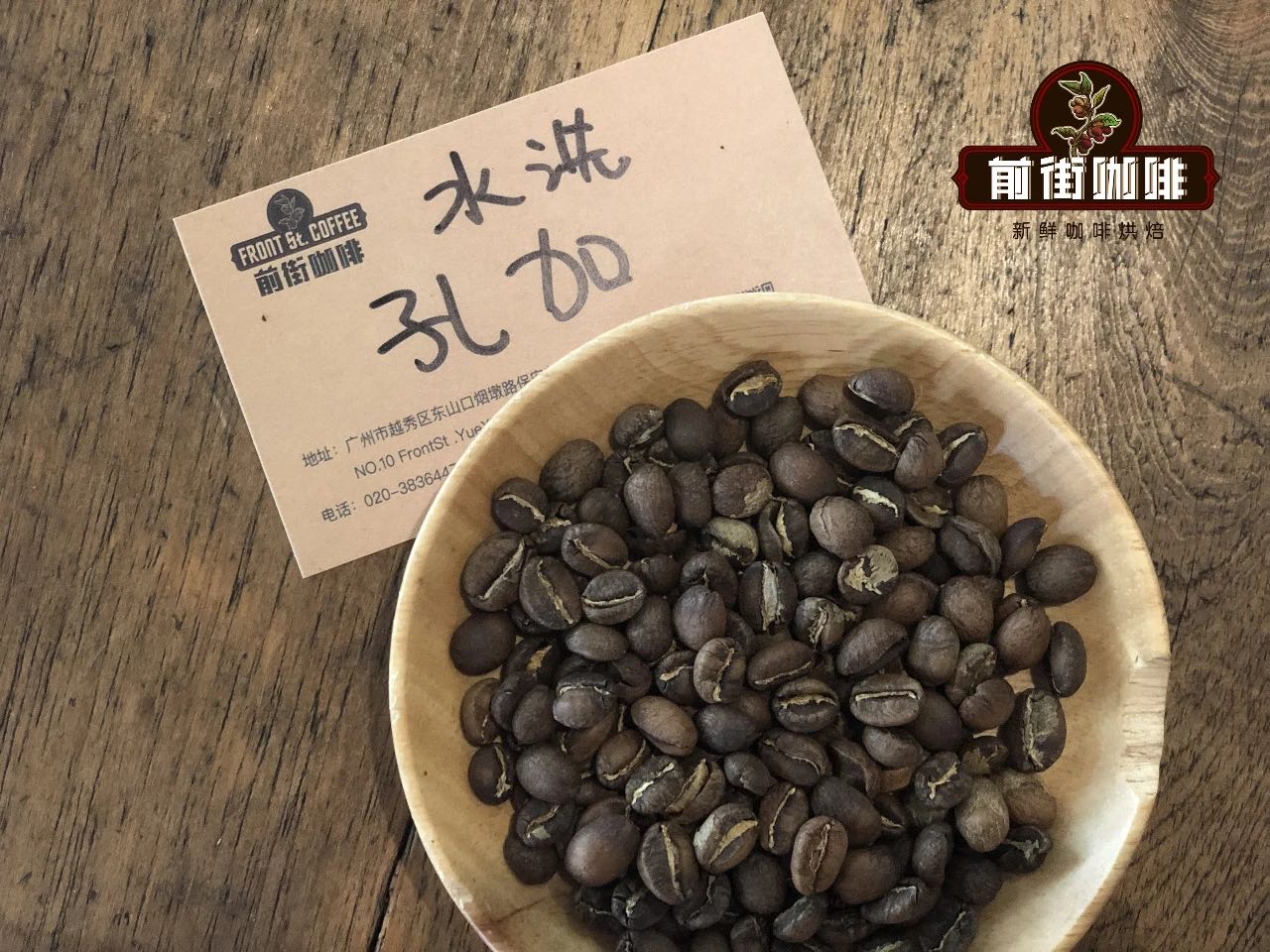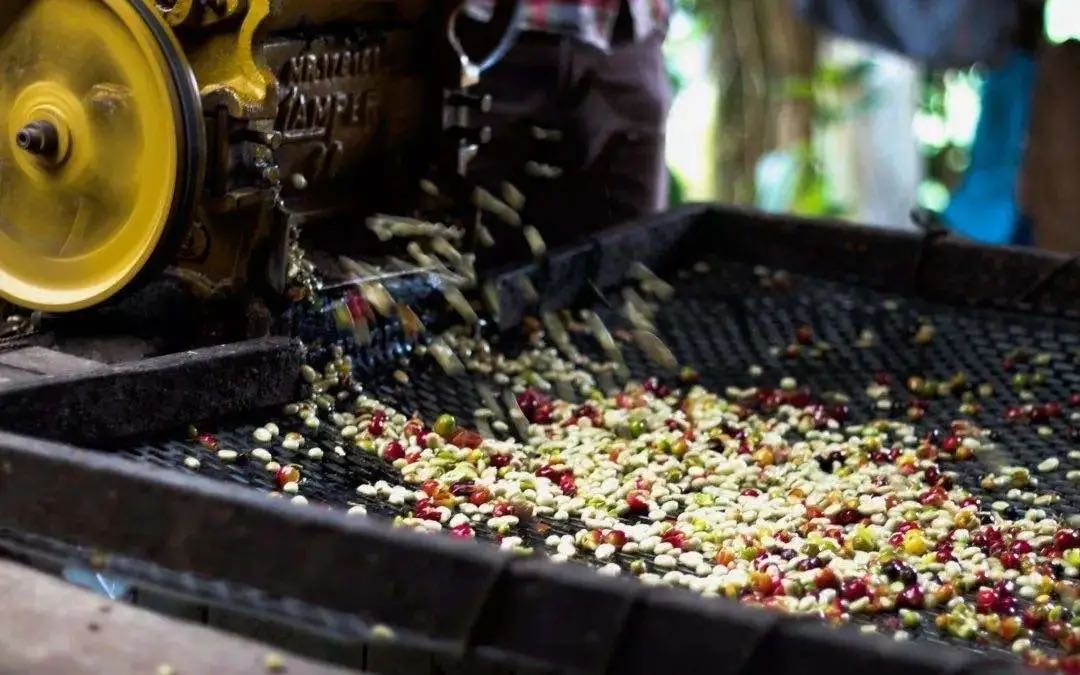The coffee bean producing area of Yega Xuefei in Ethiopia is introduced, and the flavor characteristics of coffee beans in Kongjia Cooperative are evaluated.
The coffee bean producing area of Yega Xuefei in Ethiopia is introduced, and the flavor characteristics of coffee beans in Kongjia Cooperative are evaluated.
Yega, Xuefei, Conga.
Country of origin: Ethiopia
Producing area: Yega Xuefei
Cooperative: Kongjia
Variety: original species
Treatment method: washing treatment method
Production area introduction
The coffee tree originated in Ethiopia, which was originally a wild plant here, and the name "coffee" comes from the Ethiopian town of Kaffa. In fact, many coffee trees in Ethiopia are still wild plants, and the coffee grown on this coffee tree is full-grained and slightly alcoholic.

Yirga cheffe is a small town in Ethiopia, 1700-2100 meters above sea level, and it is also synonymous with Ethiopian boutique coffee. It has been a wetland since ancient times, the ancient saying "Yega" yirga means "settle down", and "Xuefei" cheffe means "wetland", so Yega Xuefei means "Let's settle down in this wetland". According to Qianjie Coffee, Yejiachefi refers to the strong aromas of jasmine, citric acid, peach, almond and tea. People who have drunk Yega Xuefei have the same feeling of "coffee entrance, flowers in full bloom!" It's like the comfort of flowers touching taste buds and olfactory cells in the nasal cavity. In addition to the fragrance of flowers, the meticulous and mellow is like silk massage in the mouth, feeling wonderful.
Kongjia cooperative
The Conga Cooperative (Konga Coop), made up of 1556 family members of small coffee farmers, located 5 km south of Yirgacheffe, was established in 1994 and joined the YCFCU Cooperative Union in 2002. The average cultivation area of these small coffee farmers is less than 1.25ha and the altitude is about 1800 to 2000 meters. The coffee varieties are mainly a mixture of Typica and Heirloom (local native species).
Every one or two years, members of the cooperative will vote in an election to elect an executive committee, and the executive committee can make decisions on the purchase of new equipment and the exchange of business information and payment methods among members. In addition, YCFCU will also assign professional managers to cooperatives to provide guidance and advice on harvest, production and other procedures, so as to increase production and improve quality. The establishment of the cooperative allows its farmers to avoid low-cost exploitation by purchasers, and when the economy is in trouble, the cooperative can also provide loan assistance, which is very positive for both farmers and coffee production.
Coffee treatment
The key point of the water washing treatment of this hole plus the original seed is that the coffee fruit is fermented after peeling, and the pectin is washed with water after fermentation. One of the treatment methods used is that after the coffee fruit is picked, the immature fruit and miscellaneous leaves are removed, the peel of the fruit is removed, the beans are picked out, and then the beans are washed and soaked, so that the beans begin to ferment, allowing microorganisms and enzymes to decompose the components of the beans and produce sour flavors. The water washing method can also be a dry fermentation method without soaking, and then wash off the pectin with water after fermentation. After fermentation, the beans are then insolated or dried to prevent coffee beans from getting moldy. Properly washed coffee beans usually taste mild and may have a wine flavor, depending on the environment and fermentation.

After the processing of coffee beans, first pick out defective beans, leaving intact coffee beans, and then after varying degrees of baking, will eventually be able to have ever-changing flavor and taste. The subtle differences in each step between coffee production and brewing will affect the quality and flavor of coffee, which is why the world of coffee is so profound and fascinating.
Important Notice :
前街咖啡 FrontStreet Coffee has moved to new addredd:
FrontStreet Coffee Address: 315,Donghua East Road,GuangZhou
Tel:020 38364473
- Prev

What brand of peets coffee is it? Piye peets Coffee, which runs a shop in Guangzhou, introduces why it is called Coffee Master.
The big words "Grandpa of the Coffee World" on peets's Taobao store are particularly conspicuous because they claim that the three founders of Starbucks are all disciples of Pierre Coffee. If so, this is perhaps the saddest story in the coffee industry, you know, although Starbucks Coffee Company in Seattle, Washington, USA was founded in 1.
- Next

What is the taste of Panamanian rose summer coffee, what is the variety of Panama rose summer coffee, and the evaluation of the characteristics of flower butterfly coffee beans combined with rose summer.
Panamanian Flower Butterfly Coffee Bean producing area: Pokuit Variety: Kadu Ekadura Rose Summer treatment: washing and baking: medium to shallow roasting flavor of flowers and fruits, floral black tea, berries and citrus with light nuts, smooth taste, low bitterness, moderate acidity, medium finish, etc. Panamanian Coffee with Emerald Villa
Related
- Guji coffee producing area of Guji, Ethiopia: Humbela, Shakiso, Wulaga
- What is the most expensive variety of Qiloso in BOP multi-variety group?
- How to store the coffee beans bought home?
- Why are Yemeni coffee beans so rare now?
- Ethiopian Sidamo all Red Fruit Sun Sun Santa Vini Coffee beans
- SOE is mostly sour? What does it mean? Is it a single bean? what's the difference between it and Italian blending?
- Is Italian coffee beans suitable for making hand-brewed coffee?
- How to choose coffee beans when making cold coffee? What kind of coffee beans are suitable for making cold coffee?
- Just entered the pit to make coffee, what kind of coffee beans should be chosen?
- Can only Japan buy real Blue Mountain Coffee? What are authentic Jamaican Blue Mountain coffee beans?

